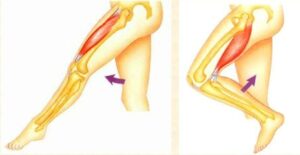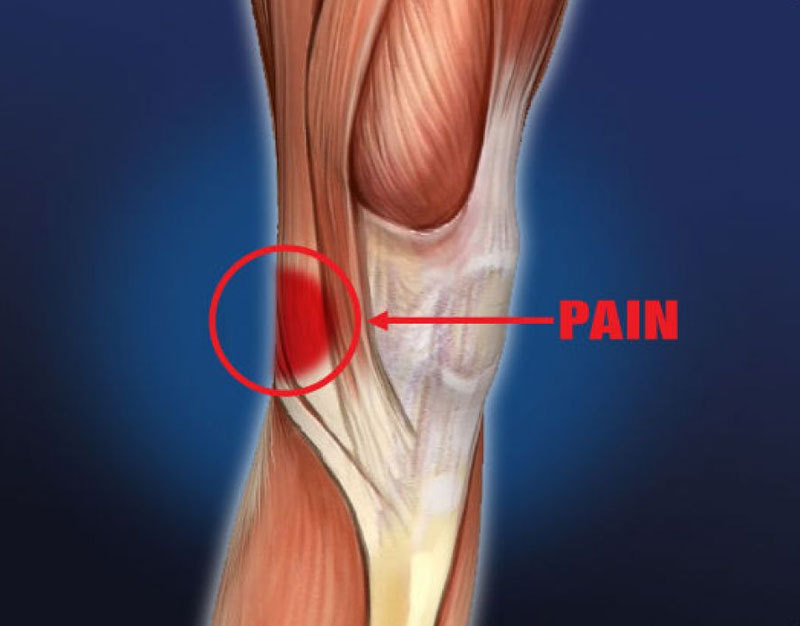The hamstring is formed by three muscles (biceps femoris, semitendinosus, and semimembrane muscles) that run along the back of the thigh and below the knee. They are a common source of problems for many hatha yoga beginners. Most often, due to tightness or damage in the hamstring, people are unable to tilt. The stiffness of the hamstrings flattens the normal curvature of the lower back, which spasms the muscles of the lower back. This is discussed in more detail here: https://www.julianalucky.com/post/10-top-yoga-books-for-kids.
The tendons themselves are formed by dense fibrous connective tissue, which in turn consists of compact parallel bundles of collagen fibers. Tendon fibers are distinguished by their very high tensile strength. So, with a diameter of only 1 mm, such a fiber is able to withstand a load weighing 10 kg without complications. They also have properties to maintain their length, bearing capacity and tensile strength. This indicates the high strength of the fiber, which is necessary to ensure the connective functions.
 Excessive stiffness of the tendons can be caused anatomically, namely, determined by the ratio of collagen and elastin in the tissues. There is more collagen in the tendon tissues. Collagen has one great property – it loves water, so drinking enough water will make your body tissues more elastic. In addition, a vegetarian diet, even more raw food, will facilitate easier stretching of the connective tissues.
Excessive stiffness of the tendons can be caused anatomically, namely, determined by the ratio of collagen and elastin in the tissues. There is more collagen in the tendon tissues. Collagen has one great property – it loves water, so drinking enough water will make your body tissues more elastic. In addition, a vegetarian diet, even more raw food, will facilitate easier stretching of the connective tissues.
Hatha yoga has several methods of dealing with hamstring stiffness.
1. The hamstrings and hamstrings work together. You should start by stretching the entire thigh and then move on to the tendons. This removes any blockages in the thigh that may be disguised as tendon stiffness. For novice practitioners, the easiest option would be to stretch the back of the thigh from a supine position — Supta Padangushthasana.
2. It is necessary to regularly perform stretching asanas. However, do not forget to pay attention to warming up the muscles beforehand. Start with dynamics, then move on to static stretching. Suitable bends will be forward from a sitting and standing position: Pashchimottanasana, Ardha Trikonasana, Uttanasana, as well as Adho Mukha Svanasana.
If, on the contrary, you have damaged – overtightened – the hamstrings, then rest is necessary, and in case of severe discomfort, an appeal to a medical institution.
Please be honest with the capabilities of the body and be attentive to the sensations during the practice so as not to harm yourself. In practice, regularity is important, adherence to the principle from simple to complex, the transition from dynamics to static.
